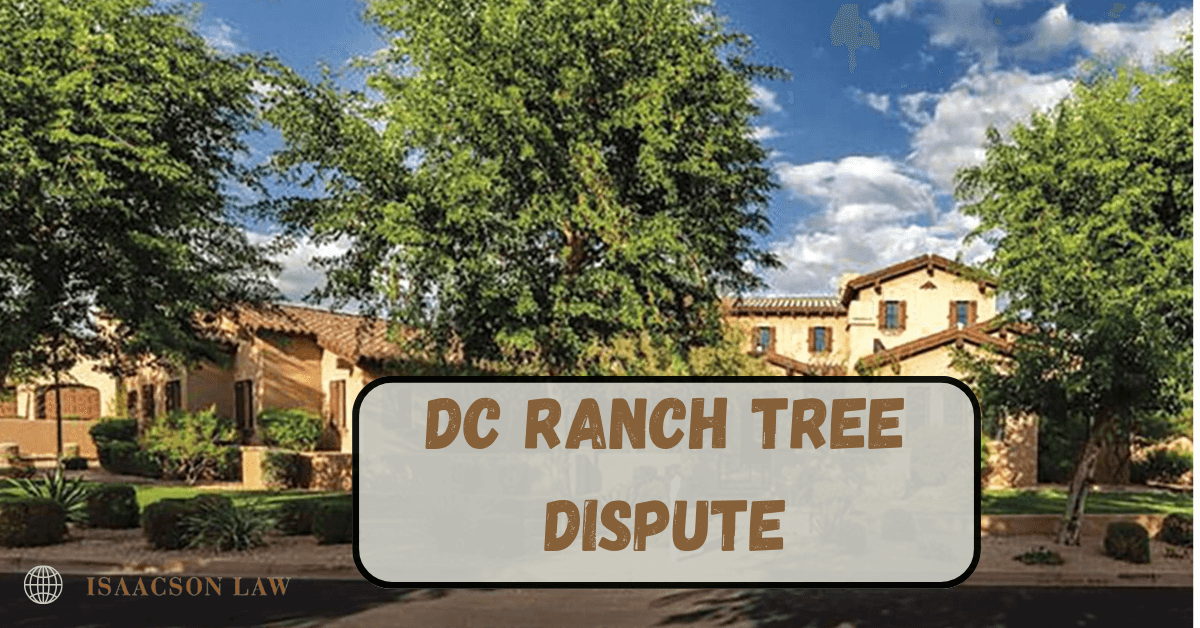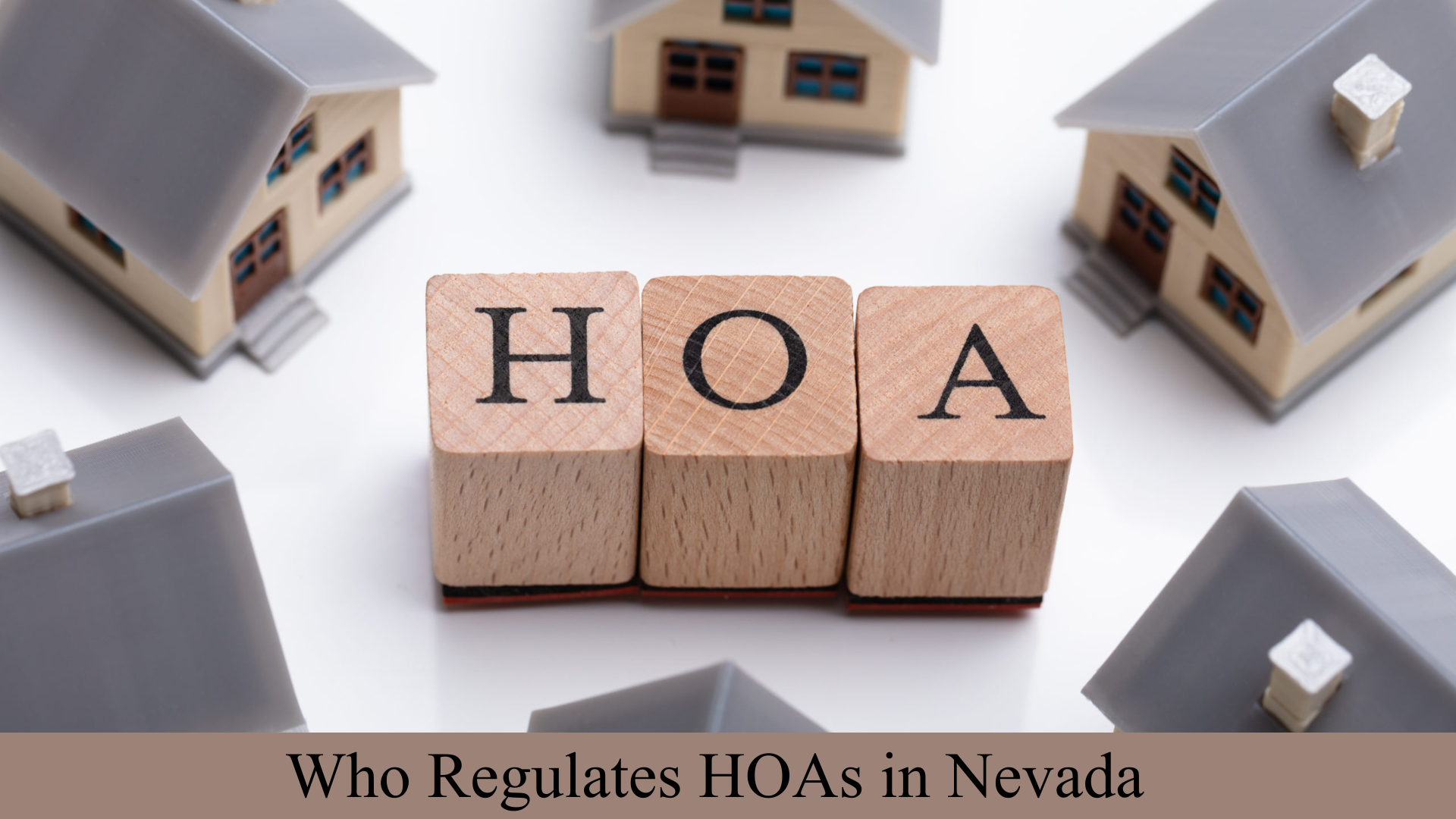ISAACSON LAW BLOG
Resolve Your DC Ranch Tree Dispute: Expert Solutions Await

Resolve Your DC Ranch Tree Dispute: Expert Solutions Await
A dispute has erupted between homeowners and their association in Scottsdale, Arizona. According to media reports, homeowners in the Silverleaf neighborhood of DC Ranch have filed a lawsuit against the association. The lawsuit seeks an injunction to prevent the removal of Sissoo trees from the neighborhood.
Association’s Reasons for Tree Removal
The association, also known as the Homeowners Association, has been removing the Sissoo trees given damage it claims has been caused to the community’s infrastructure. According to the DC Ranch Association, “Over the course of the last two years, roughly $100,000 has been spent.” As reported by the Scottsdale Independent, “If nothing is done, more damage will be caused by the trees’ root systems.” Given the community is comprised of only 123 homes, that equates to an added expenditure of roughly $813 per home. However, the cost to remove the trees is estimated at $2.0 million, or $16,260 per home.
Related Read: DC Ranch Homeowners Face $16.3K Fee Each to Remove Trees
Evaluating the Situation Through Nevada Law
Given the significant expense involved, the homeowners are understandably concerned about the cost to remove the trees, which they claim also comes at the expense of the community’s character, which has been termed a “tree neighborhood” which, according to the TCD website, drew many of the residents to purchase their homes. So, who is right? Should the trees be removed? Though this community is in Arizona, we will look at it through the eye of Nevada law to see if answers to these questions can be found.
Though answers to these questions can be difficult, it is likely both sides have valid points. To the extent, the trees are in the common area property. It is yet unclear if they would be owned and managed by the association. Given the trees are causing considerable expense to the community’s infrastructure, expenses. These are likely to continue into the foreseeable future, the association’s board of directors may have a fiduciary obligation to make a decision that best serves the community’s interests. Indeed, NRS 116.3103 makes the board members fiduciaries who are generally required to put their own self-interests aside and make a decision that serves the community’s greater good. That decision could mean incurring significant expenses in the near term to avoid much larger expenses over the next several years.
Community Character and Concerns
Conversely, the trees have been part of the community since its inception. In addition, they may have been part of the contractual obligations owed by the association to its residents. Whether it needs to be these specific types of trees, which the association claims are prone to causing damage, is an open question. Perhaps an area where compromise between the competing factions may be found.
Whether the trees should be removed may ultimately be determined by a judge or a jury. Moreover, in considering the homeowner’s application for an injunction. Which may ultimately prevent the association from ever having the trees removed. A judge will look at the expense being incurred to remove the trees, whether the trees can be replaced with a comparable variety and any effect removal of these trees may have on the community’s home values. Ultimately, it will be within the court’s discretion to determine what is best for the community. Taking that decision away from the Board.

LOCATION
- (702) 529-2559
- 9900 Covington Cross Drive Suite 210-B Las Vegas, NV 89144
BUSINESS HOURS
Monday – Friday: 8:30am to 5:30pm
Recent Blog Posts

How to Write an Effective HOA Notification of Violation

Who Regulates HOAs In Nevada?

Tackling HOA Violation Letters: Managing Emotions

